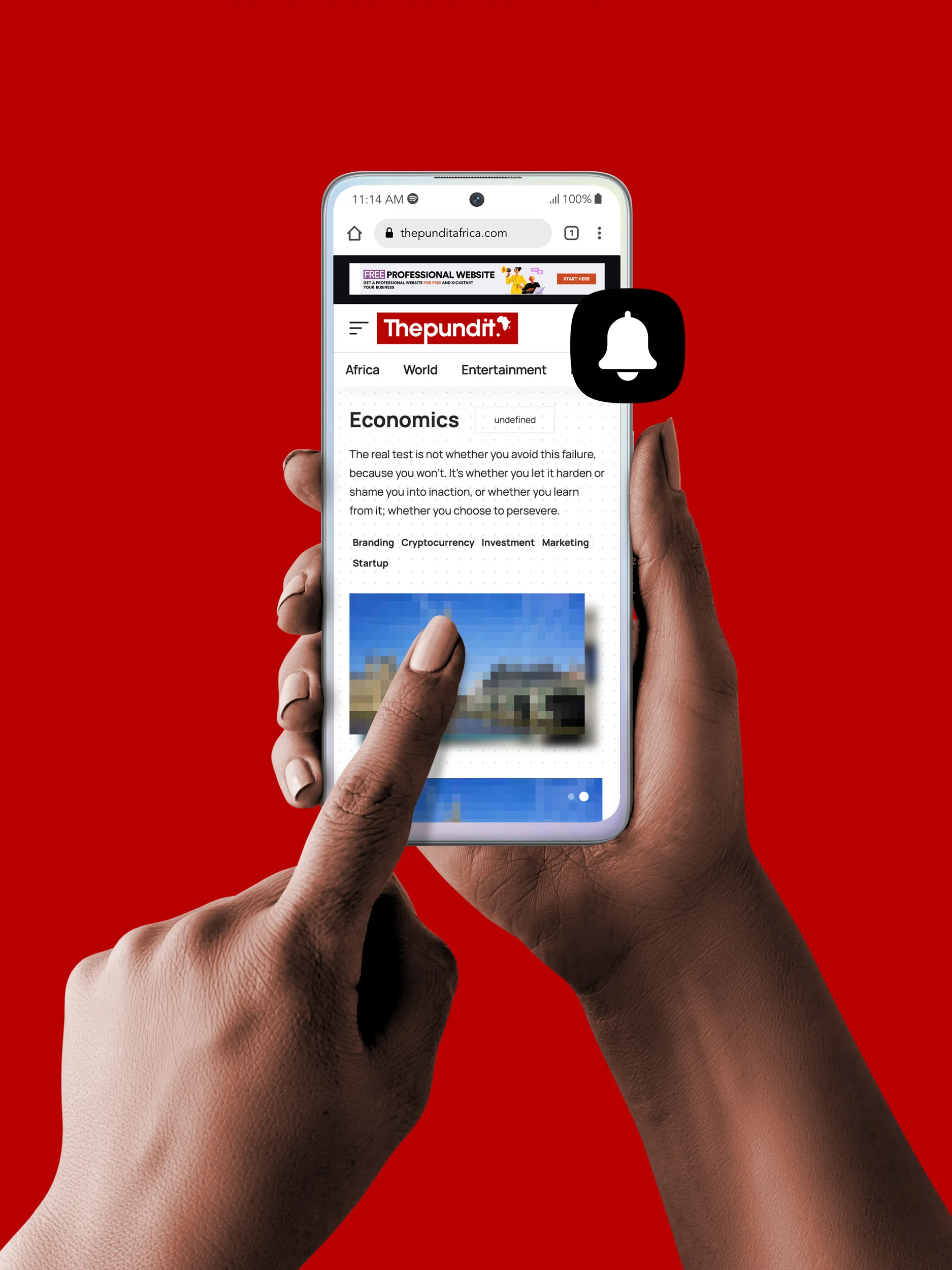Africa’s talented creatives can only earn a living from their work if they understand how to protect it. Here are some practical insights on how to safeguard your intellectual property.
The creations of our mind’s songs, scripts, films, brand names, etc. can have huge economic and cultural value. However, to make that value a reality, it’s important to protect your creations.
If, as a creator, you fail to do that, you cannot earn a living from your ideas.
Copyright is the legal term for the rights creators have over their original literary and artistic works. In African countries, you do not have to register a song or film for it to be copyrighted it arises automatically, as soon as you create the work in fixed form. This protection typically lasts for your lifetime plus 50 to 70 years after your death. After that, the work falls into the public domain.
Even though your work may be protected by copyright automatically, official registration and proactive protection steps can strengthen your legal position. Some African countries offer voluntary copyright registration systems. Registering creates an official public record of the creator’s ownership.
Content theft: What to do
Using someone else’s content without permission is copyright infringement. When done on a large scale, it’s content piracy. Fortunately, the are many steps copyright owners can take to address the infringement.
The most important step is to gather evidence. This could be screenshots of the infringing content, complete with URL and date. For video or audio, download a copy. Also record the infringer’s username or website, the number of views/downloads, and any ads or sale prices.
“Creators should have proof of ownership ready, when defending their copyright” says Frikkie Jonker, Director of Anti-Piracy Broadcasting & Cybersecurity Services at the MultiChoice Group. “Original project files of a song, with timestamps, raw early footage, or scripts can also help. Proof of registration with a copyright authority is valuable too. Social media posts or email records can also prove that you own a work and when it was released. “
Stop the spread
The next step is to stop the infringing material from spreading further. Often, the quickest way is through a takedown notice. If the content is online, identify who is hosting that content. One can contact the platform directly, via their copyright infringement reporting mechanism, or send a formal cease-and-desist letter.
Many countries have notice-and-takedown systems. The United States DMCA (Digital Millennium Copyright Act) has become a de facto global standard. African countries have their own processes, but a detailed cease-and-desist letter can also be sent to the infringing website owner or the web host. Often, that will be enough to see the content removed.
If the infringement is severe – a large-scale piracy operation, or if the infringer ignores a takedown notice – the matter can be escalated to the appropriate authorities – national copyright commissions, the copyright board, or the police commercial crimes division.
International networks
African countries increasingly collaborate to enforce IP laws. Under the African Continental Free Trade Area (AfCFTA) agreement, member states are encouraged to cooperate on IP enforcement and ensure that creators have legal mechanisms to protect their rights.
International policing organisations like Interpol and Afripol facilitate cooperation between countries on various crimes, including IP theft. Jonker mentions numerous recent cross-border operations that have shut down thousands of piracy rings across continents. He also mentions the successes of the World Intellectual Property Organisation (WIPO).
“WIPO provides frameworks like the Berne Convention, which ensures reciprocal copyright protection across borders,” he says. “WIPO also provides arbitration and mediation services – in some cases, if a creator has a dispute with an overseas distributor, they can use WIPO mediation.”
Tech protection
Technology can be a powerful ally in protecting original content. Two common techniques are watermarking and fingerprinting.
Digital watermarking involves embedding a marker or code into content. Visible watermarks can be overlaid on a video or an image. Invisible watermarks are more sophisticated. They subtly hide info within the content, perhaps by altering pixels or audio frequencies. Many distribution or DRM (Digital Rights Management) platforms offer watermarking services.
Digital fingerprinting involves extracting a unique identifier from the content itself without altering it. Like Shazam for a creative work, digital fingerprinting analyses a song or video and finds distinctive identifying data patterns in the work. Big platforms like YouTube and Facebook use fingerprinting to detect uploads of copyrighted music and videos.
On a simpler level, when posting short clips or images on social media, a visible watermark can help viewers see the source of content and maintain attribution.
Technology can help a creator detect and prove infringement. However, it doesn’t replace legal action – it complements it. A watermark or fingerprint helps find piracy, but it must be followed up.
Allow and monetise
If content becomes popular among fans, and is reused, for instance as background music in videos, it is possible to allow it, but then monetise the content. YouTube’s Content ID has a functionality where, if a creator uses someone else’s song, any ad revenue goes to the original creator. This turns unauthorised use into income.
Engaging with platforms and using rights-management tools allows creators to automate and scale IP protection. It’s like having a digital watchdog. After all, creators would rather spend their time creating, not chasing pirates.
By understanding your rights, registering and documenting your work, acting swiftly against infringements, and leveraging both technology and legal mechanisms, you can significantly reduce the risk of others stealing your ideas.
You’re not alone there are institutions and tools to support you. Used properly, they can protect your rights and allow you to focus on what you do best creating quality work.
DISCLAIMER: The Views, Comments, Opinions, Contributions and Statements made by Readers and Contributors on this platform do not necessarily represent the views or policy of Multimedia Group Limited.




